The Caterham Super Seven 1600 is a curious thing. On the one hand, it is a classic car, one with nearly 50 years of stories to tell and more than 60 derivatives along the way since Graham Nearn bought the production rights to the Lotus 7 from Colin Chapman, in May 1973. On the other, it is a car that’s very much in the present day, alive and kicking as it continues to steer a defiantly different course to anything else on the road.
Every now and then, the nice folks at the factory will get together over mugs of tea and a box or two of assorted biscuits and knock about some ideas for the next iteration of the Seven. And the Super Seven 1600 is the latest model to be born from a biscuit breakout. The last time there were Super Sevens, in the early ‘60s, a Lotus badge was on the nosecone and a Cosworth engine was under the delicate alloy engine cover. (But it’s still some way behind the Bourbon biscuit – dunked in cuppas since 1910.)

Some people may be tempted to label the Super Seven retro but when a car like this hasn’t fundamentally changed since the 70s, there is no imitation at play here. This time the Super is powered by a 135bhp, 1.6-litre Ford Sigma engine which may not seem as exotic as its Cosworth forebears but it’s a tried-and-trusted companion that’s robust, reliable and affordable to run. That’s important, because while many car enthusiasts will want to buy into the undiluted driving experience that a car like the Super Seven 1600 offers, it’s unlikely that they’ll have any great desire to spend every other journey knelt at the side of the engine bay as if praying to the electrical gremlin Gods and asking that they be allowed to continue their journey without any further misfires or maladies.
To the Sigma motor, Caterham has fitted Jenvey twin throttle-bodies and a set of K&N air filters. These poke through the side of the bonnet just as they have done on countless Sevens before them, and drivers of a certain age turn misty eyed at the sight of them.
Flared wings curls over the front wheels and look flamboyant and fun, an open invitation, perhaps, to young children to use them as a slide when the car’s parked and nobody’s looking… The interior sports a Moto-Lita steering wheel, the sort that can be traced all the way back to the days of the Cooper Car Company, and a young apprentice by the name of Simon Green. Smiths instruments stare back at you and pipped leather seats offer a snug embrace.
It is eye-opening how such a small number of changes give the Super Seven such a different character to other models in the family, which can come across as though they are straining at the leash. In the Super Seven you feel as though you should tuck a woollen blanket into the boot and strap a wicker, picnic-filled hamper to the roll-bar and set off for a bucolic tour of the English countryside.
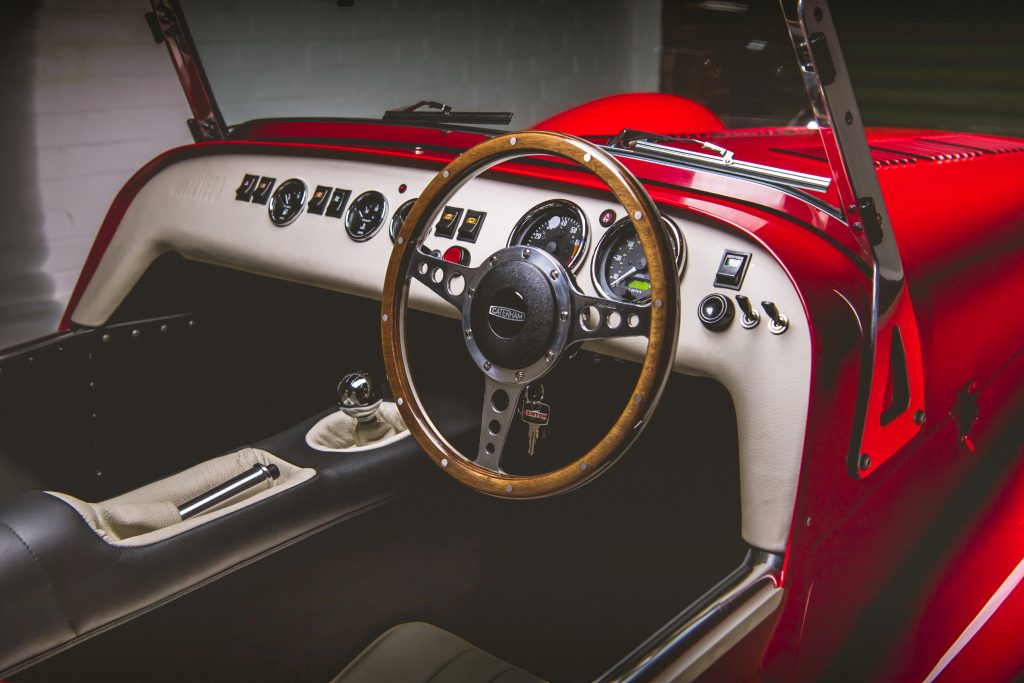
So that’s what I did. A sunny Sunday drive put the sports car in perspective. It sounds wonderful, a surround-sound symphony of engine growl, induction noise and exhaust blare. The performance is everything you need on an A or B-road – at least it is in the crowded South East of England – and the gentle gait to the suspension, helped in no small part by this car’s taller tyres, makes it far more agreeable for touring. It’s no hell-raiser (and while we’re nitpicking, the brake pedal has far too much dead travel) but that’s just the point for many drivers who desire a car with a classic feel but modern-day running gear that they can count on.
The downside to the twin throttle bodies is that it is possible to flood the engine, something I managed to do and which took a good 15 minutes of driving to clear. But when it cleared, all was soon forgiven. The Super Seven 1600 is a delightfully honest, unpretentious thing that rewards a delicate touch and patience as you wait for the suspension and tyres to load, settle and then feed in the power to tweak the tail just enough to stretch a smile across your face.
The issue is the price. At £33, 495, before you’ve added some of the more desirable options, it’s possible to buy a thrashed – ahem – previously cherished Seven of almost any variety for that much money. But none of them will be quite like the Super Seven.

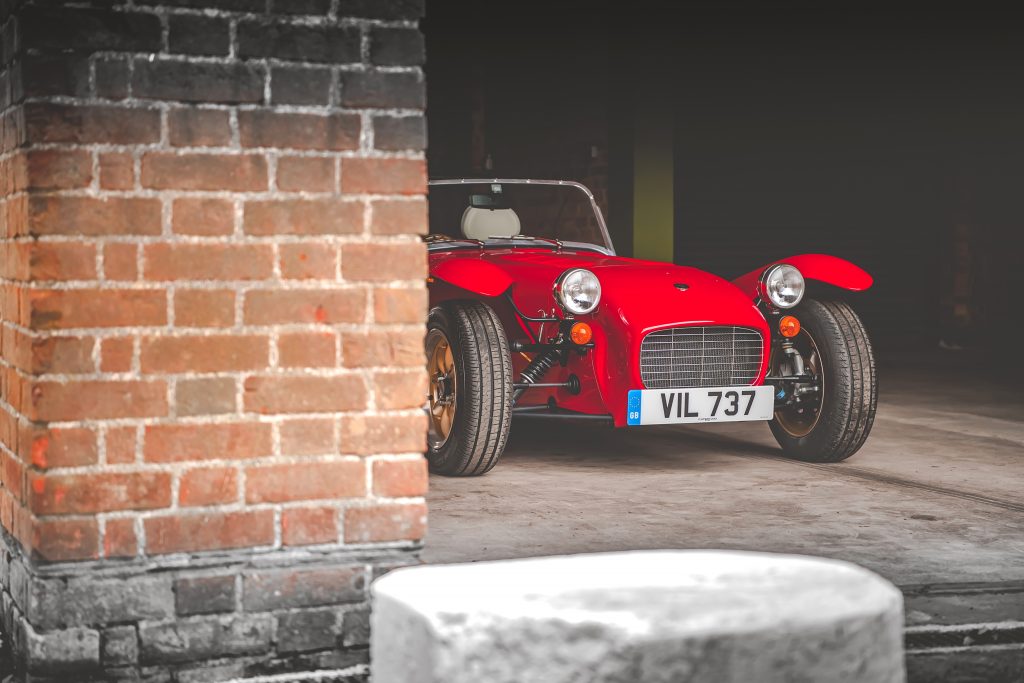
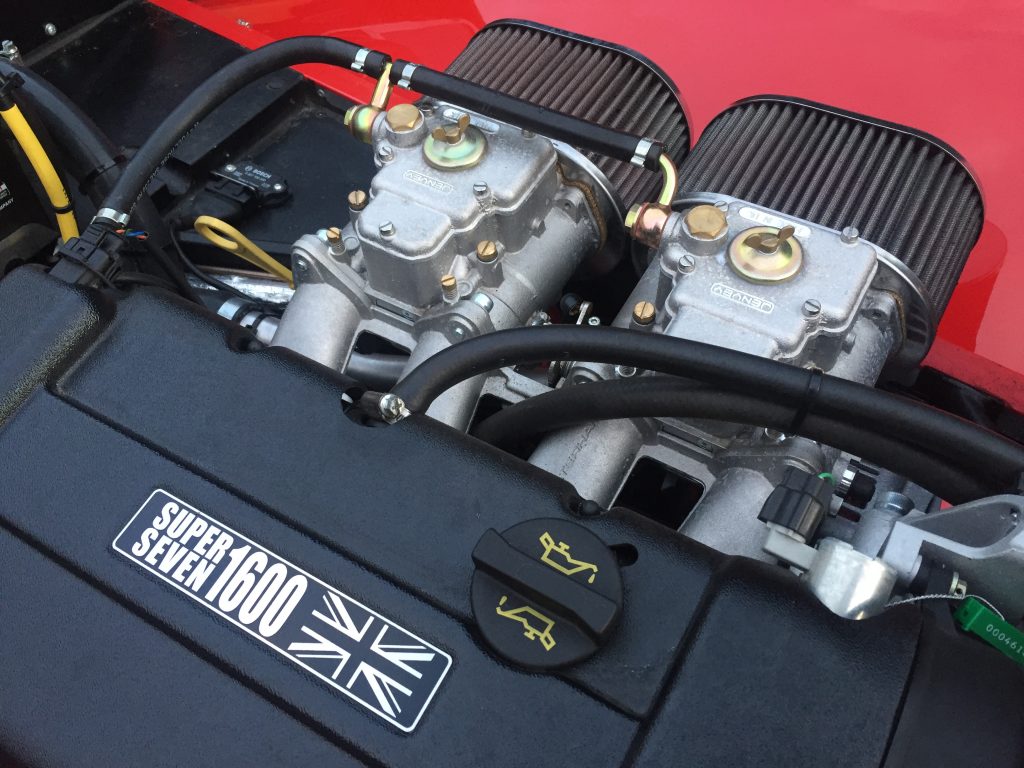
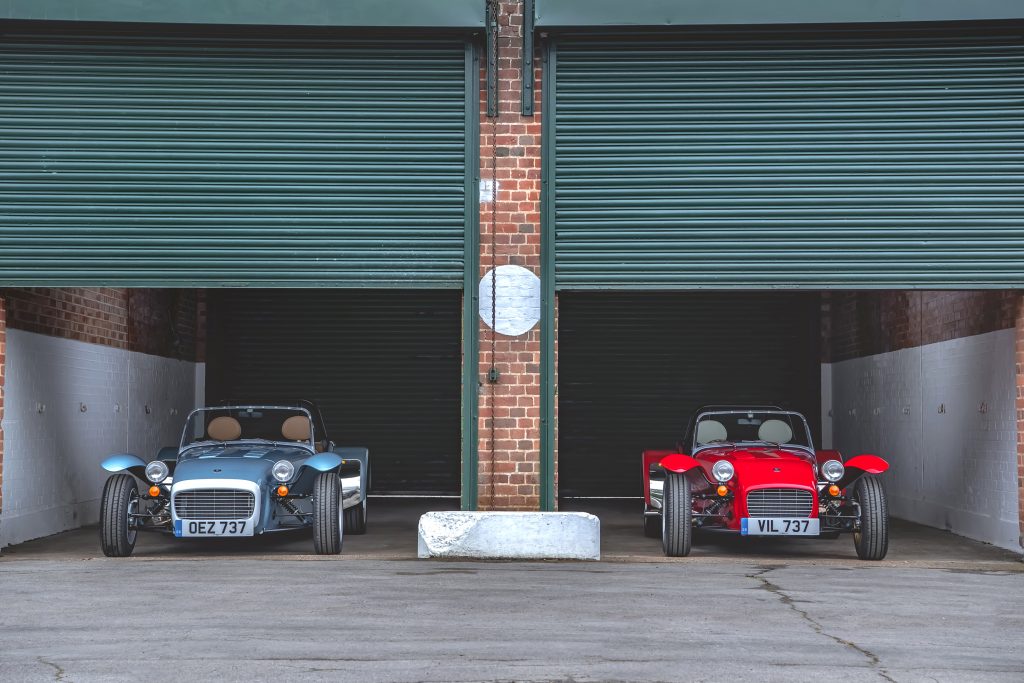
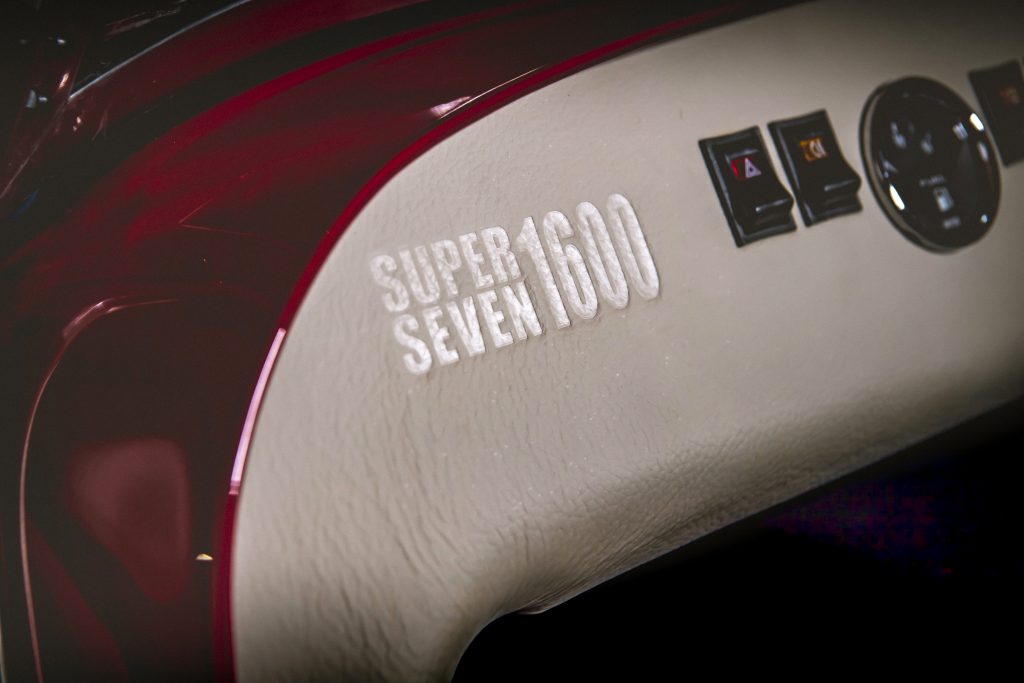
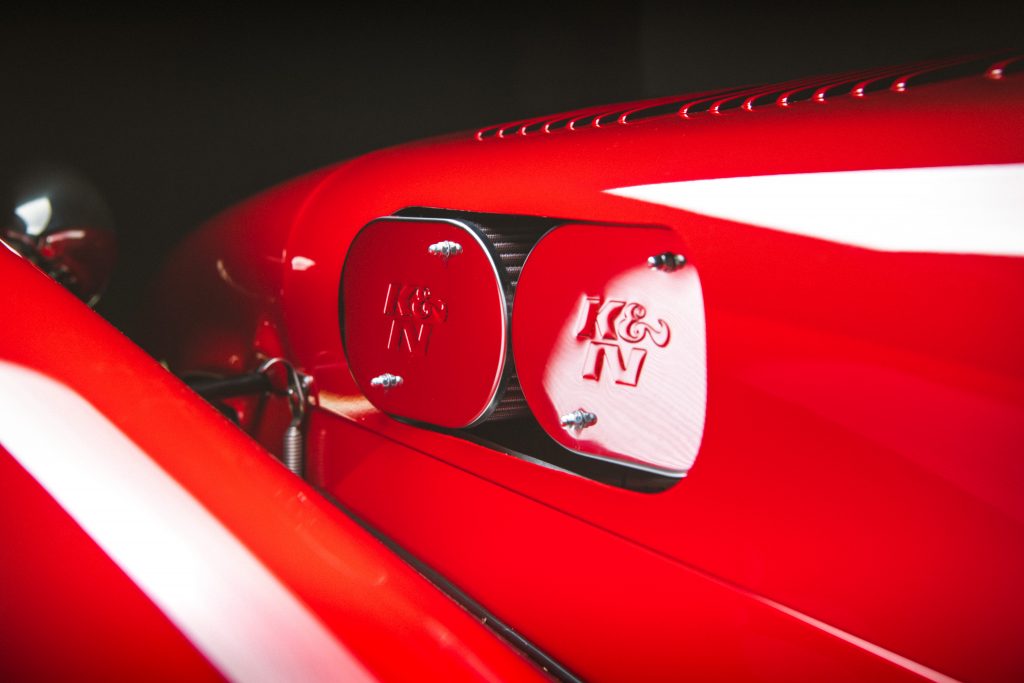
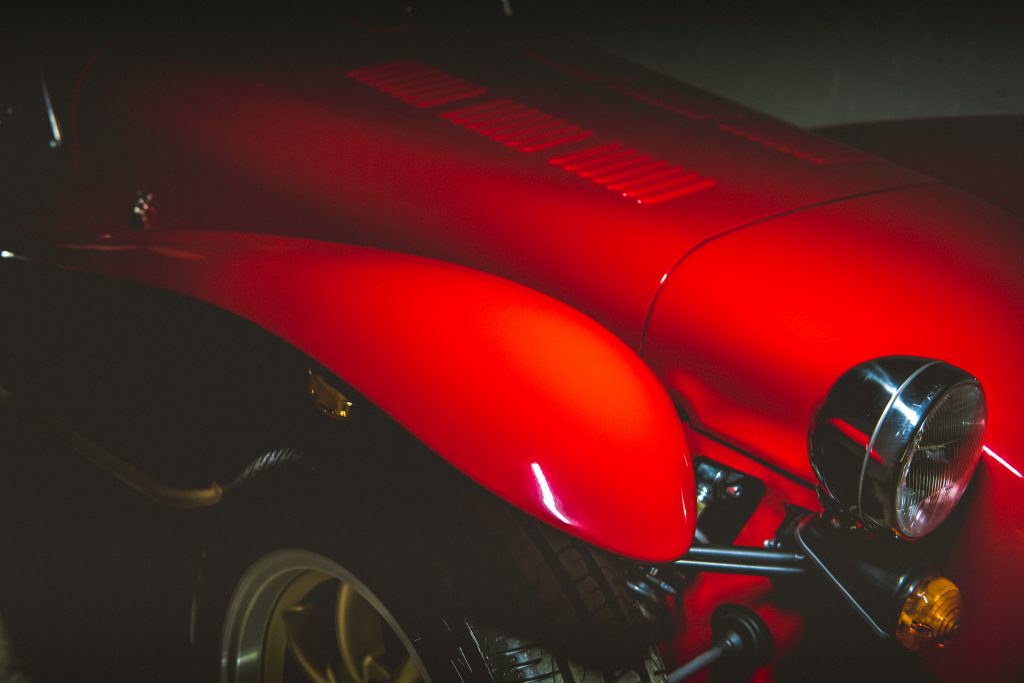















Having owned a 1700Xflow Super Sprint some years back, I can only say great drivers cars
Owned a Super Spring some years ago. Fantastic drivers car as everyone knows. Mine was at one time West Country class hill climb champion over a 2 year period I believe. Bought it with numerous additions including dry sump, straight cut gears, limited slip diff, rev limiter, twin webbers I seem to remember. A few years later when trying to sell it I had virtually no interest at around £9000 . Eventually sold it to a Frenchman who came over on the ferry to Portsmouth, I hjanded it over on receipt of the requred cash and he returned to the ferry for the return trip. Now at 72 I do still miss the car. Was lucky to own it.